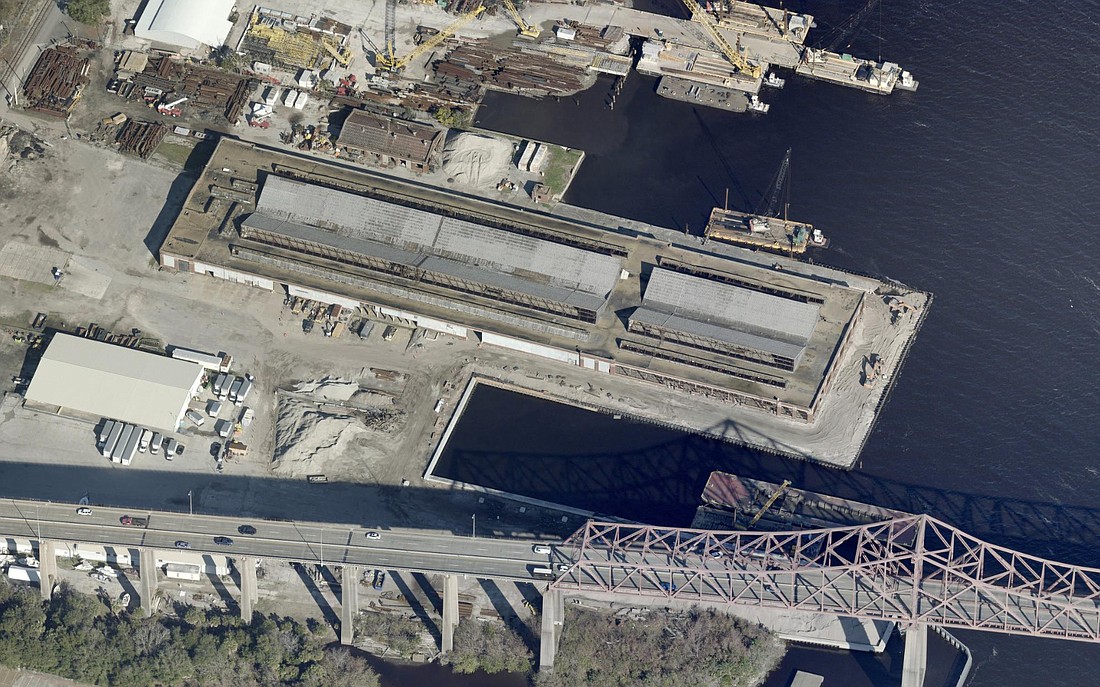
Property owner Amkin Hill Street LLC is starting down the road to ask the city for a permit to demolish the historic former Ford Motor Co. factory in Talleyrand.
ELEV8 Demolition is listed as the contractor to raze the 98-year-old plant at 1900 Wambolt St., near JaxPort’s Talleyrand terminal.
The 165,025-square-foot building is on St. Johns River frontage under the Mathews Bridge.
The city Building Inspection Division filing is termed temporary, meaning it is a placeholder until a permit application is made.
The Jacksonville City Council voted Oct. 11 to allow Amkin Hill Street to demolish the landmark for a possible maritime industrial redevelopment project.
The 17-0 vote overruled a June 9 order by the Jacksonville Historic Preservation Commission that denied Amkin Hill Street LLC a certificate of appropriateness to raze the structure, which was an assembly plant for the Model T and Model A that city historic preservation staff said automaker Henry Ford helped plan and operate.
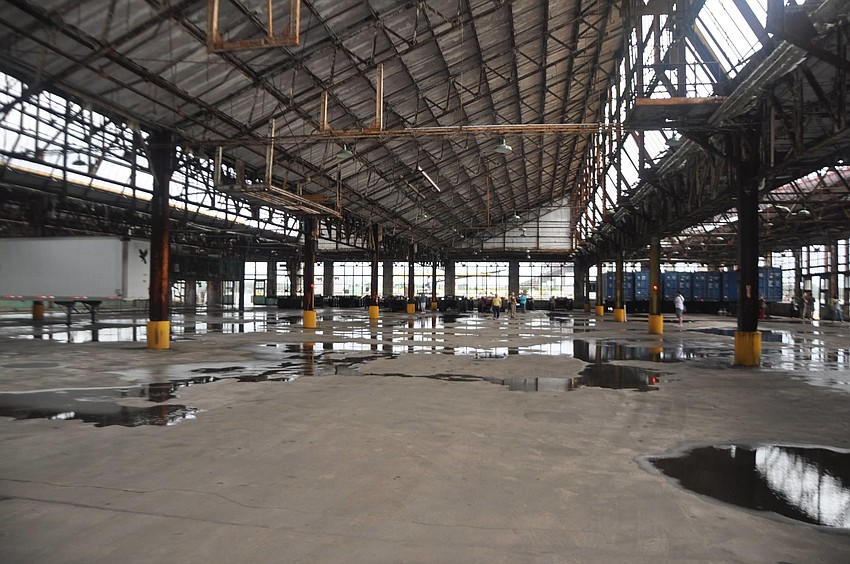
Amkin, controlled by Miami-based investor Ramon Llorens, bought the property in February 2015.
An Amkin representative told the Council Land Use and Zoning Committee on Oct. 4 that a U.S.-based shipyard owner was considering bringing 300 jobs to the site.
“We’re in confidential negotiations with a large shipyard owner that has three existing military shipyards in the United States to come into the facility,” Sonny Redmond, a consultant for Amkin, told the LUZ committee.
“We’re making improvements to get ready for his activities if we can finalize a lease. They’re going to bring 300 new, high-paying jobs to the community that we’re in,” he said.
“If it could have been renovated, we’d have done it,” Redmond said. “It’s impossible.”
Another Amkin representative told city officials that pilings at the plant are structurally unsound and that its contracted engineer deemed the building not salvageable.
Historic Preservation staff and commission members said in the denial that the professional engineering evaluation of the building by Morales Consulting Engineers that Amkin submitted in its application lacked a detailed analysis to prove the building was at risk of collapse.
Although several Council members acknowledged the historic significance of the building, they said the decision to grant Amkin’s appeal came down to the condition of the buildings and the possibility of more jobs in the Eastside neighborhood.
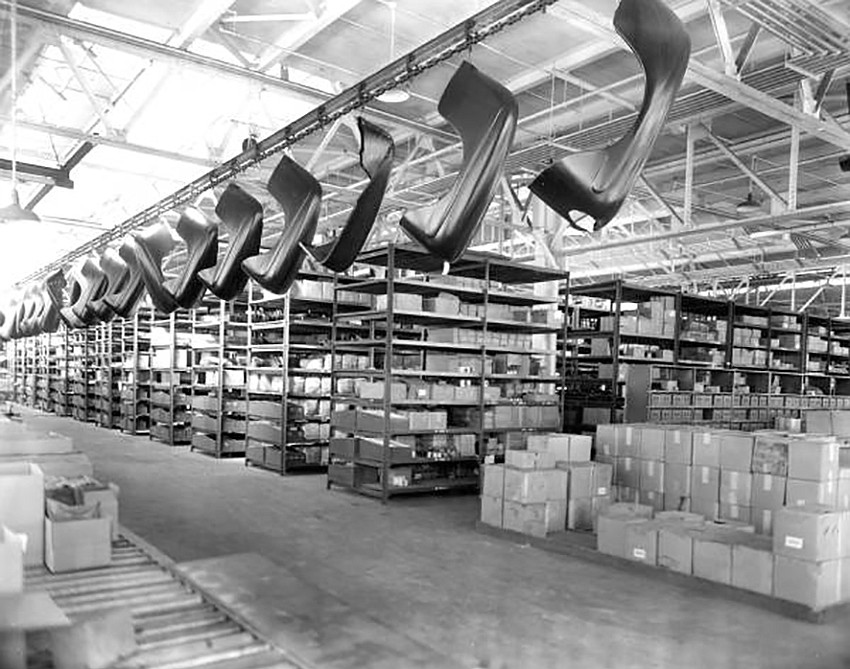
The 14.64-acre Ford plant site is next to the north side of the property where Fincantieri Marine Repair is making a $30 million improvement to marine infrastructure, including work to accommodate a 500-foot dry dock.
The dry dock will give the shipyard the capability to perform extensive maintenance work on larger military, government and commercial vessels and support 300 jobs, the company said in May.
Redmond said Amkin is working with Fincantieri to expand its footprint. He did not specifically name the maritime company as Amkin’s prospective tenant, but he said the redeveloped Ford plant would bring the job total at the two sites to 600.
He said the potential tenant wants to lift ships out of the water for repairs.
Asked Oct. 11 if Fincantieri considered the Ford plant site previously, or was in active talks with Amkin for use of the property, the marine repair company’s CEO Ryan Smith emailed a response:
“Fincantieri considered many waterfront properties along the St. Johns River for potential development and usage. We ultimately selected Commodores Point as our facility.
“Industrial waterfront is important to the Jacksonville economy and maritime industry and we hope that the property finds its highest and best use for the businesses and community of Jacksonville.”
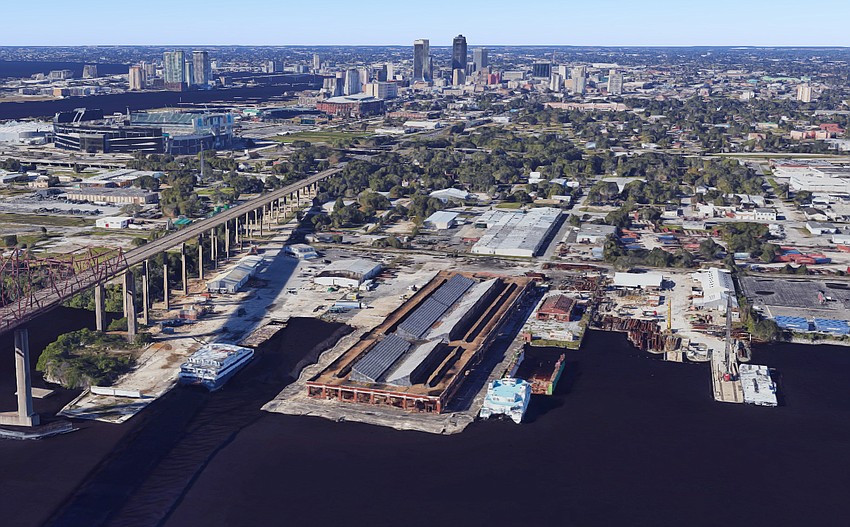
Jacksonville Historical Society CEO Alan Bliss said in October he met with Llorens more than a year before about preserving some or all of the Ford plant. He said he was told Fincantieri considered the property for its project.
Italy-based Fincantieri Group, an international shipbuilder, operates in the U.S. through its subsidiary, Fincantieri Marine Systems North America.
Fincantieri Marine Repair LLC is a part of that.
Duval County property records list the plant as a 169,000-square-foot structure built in 1925, although some reports say it opened in 1924.
According to city Assistant General Counsel Susan Grandin and former Planning and Development Department staff Susan Kelly, who prepared the commission’s report about the property, the plant has had local landmark status since Nov. 23, 2003.
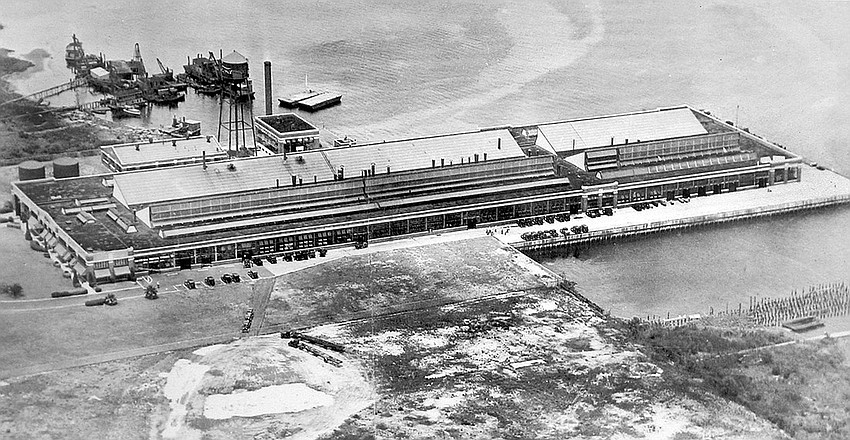
The ownership group at the time, which included Redmond, requested the landmark designation, which is meant to give the building some protection from demolition.
Kelly, who now works for the Downtown Investment Authority, said the Ford plant was designed by prominent industrial architect Albert Kahn and Henry Ford was directly involved in the project.
Morales’ report said that damage to the timber pile-supported wharf around the building included portions with up to 100% section loss and loss of fill material under the building itself.
Bliss and the city Planning and Development staff agreed the eastern third of the building was likely deteriorated beyond repair but said some of the factory, former showroom and office areas could likely be preserved.
The Council approved an amendment Oct. 11 by Council member Danny Becton to require Amkin to do photographic and video documentation of the plant before it is demolished. Amkin will pay for the project, capped at $10,000.
The historical society will help facilitate the project with a local historian and photography firm, according to Bliss.